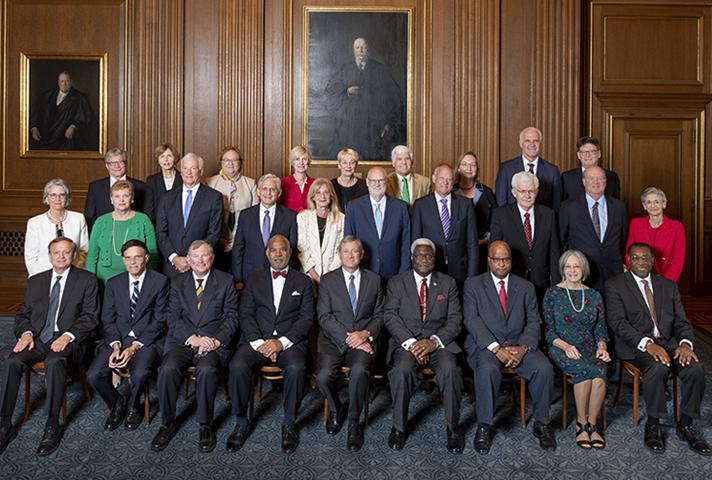
Understanding the Backbone of U.S. Jurisprudence: A Peek into the Role of Federal Judges
In the American court system, federal judges hold a critical role. Guided by Articles III of the Constitution, they ensure equal justice under the law.
The Constitutional Framework: Article III Judges and Their Role
Article III of the U.S. Constitution is primarily responsible for establishing and outlining the roles of our federal judges. Nominated by the president and confirmed by the Senate, these judges serve for life, holding their office “during good behaviour.” Such lifetime appointments shield them from political pressure, ensuring an independent judiciary that serves as a cornerstone of democratic society.
Judicial Benchmarks: Authorized Judgeships and Judicial Milestones
The legislative branch has the power to create judgeships through enacted laws, thereby determining the size of the judicial branch. The history of authorized judgeships gives us a glimpse into the evolution and expansion of our judicial system.
Court Structure: Understanding the Hierarchy
The structure of American courts is both hierarchical and complex. Unique roles are assigned from the Supreme Court down to the district courts and bankruptcy courts. Each court serves a different function and contributes to the systematic operation of the judiciary.
Supreme Court Justices: Pinnacle of the Judiciary
At the topmost rung of the judicial ladder, sit the accolades of the Supreme Court. These justices provide the final interpretation of the law, shaping American jurisprudence over the years.
Court of Appeals Judges: Interpreting Law at the Regional Level
Given their vital role in reviewing decisions made by lower courts, appeals judges, also known as circuit judges, propel the judicial process. They sit in one of the 12 regional circuits across the U.S., ensuring that district court decisions comply with the law.
District Court Judges: The Starting Point for Federal Cases
District court judges form the bedrock of the federal court system. Generally, they handle both civil and criminal cases, ensuring fair trials through strict supervision of the court proceeding.
The Backbone of Justice: The Role of Federal Judges in Specific Courts
Besides the general federal judges in the hierarchy, other types of judges preside over specific courts, addressing different kinds of cases and concerns.
Bankruptcy Judges: Facilitators of Financial Recovery
When individuals or companies can no longer pay their debts effectively, Bankruptcy judges step in. They preside exclusively over bankruptcy cases and proceedings, helping those in financial distress to get a fresh start.
Magistrate Judges: Dealing with Civil Rights and Petty Offenses
Magistrate judges handle a broad range of judicial proceedings, from preliminary criminal case motions to civil trials. They are appointed to aid district courts, providing valuable assistance in the timely administration of justice.
Equality in the Workplace: A harassment- free Judicial Branch
The judicial branch is committed to providing a harassment-free workplace, valuing diversity and equality. Work policies and practices ensure that all employees, including judges, are treated with respect and dignity.
In conclusion, the US judicial system rests on the shoulders of judges from different courts, each serving a unique role in the delivery of justice. Understanding the roles of these federal judges is crucial in appreciating the rule of law and its equitable administration.
Originally Post From https://www.uscourts.gov/about-federal-courts/types-federal-judges
Read more about this topic at
Understanding The Federal Courts - United States Courts
U.S. Attorneys | Introduction To The Federal Court System








No comments:
Post a Comment